Fenugreek Powder: The Secret Spice That Will Transform Your Kitchen Magic!
Have you ever taken a bite of something so deliciously mysterious that you just had to ask, 'What's in this?'. Chances are, the answer might have included one unsung hero: fenugreek powder.
This humble spice has been flavoring kitchens from India to North Africa for centuries. But unless you’re deep into your spice game, you might not know what it brings to the table—literally.
Table of Contents
- What Is Fenugreek Powder?
- What Does It Taste Like?
- Health Benefits You Can’t Ignore
- How to Cook with Fenugreek Powder Like a Pro
- Buying Guide: Choosing the Best Fenugreek Powder
- Storage Tips for Maximum Flavor
- Final Thoughts
What Is Fenugreek Powder?
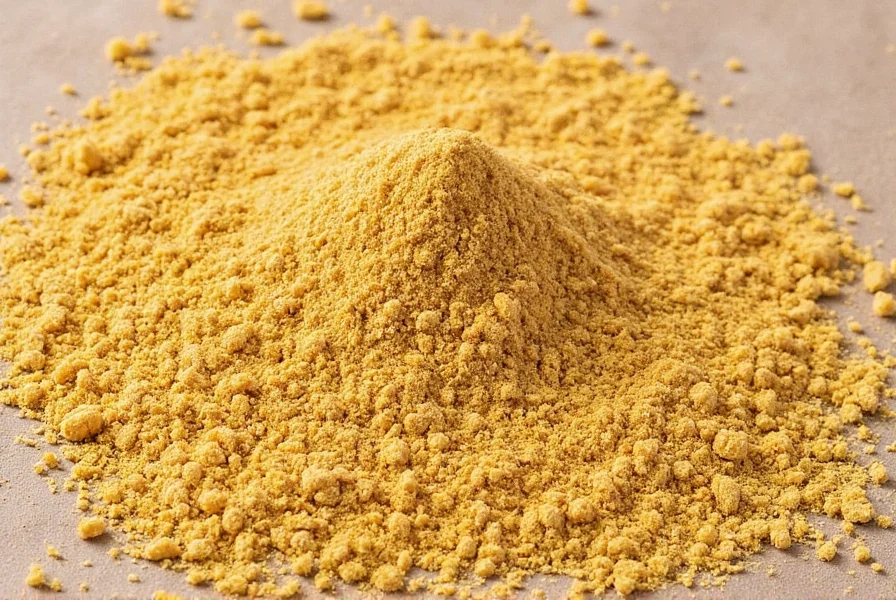
Fenugreek powder is made by grinding dried fenugreek seeds into a fine, aromatic powder. These tiny amber-colored seeds come from the Trigonella foenum-graecum plant, which is native to the Mediterranean and South Asia.
The seeds have a hard outer shell and a slightly bitter core. When roasted or toasted, they develop a rich, nutty, and slightly sweet aroma—making them perfect for adding depth to both vegetarian and meat dishes.
Quick Comparison: Whole Fenugreek Seeds vs. Powder
| Form | Aroma | Flavor Intensity | Best Used In |
|---|---|---|---|
| Whole Seeds | Mild when raw, earthy when toasted | Mild (requires heat) | Tempering (tadka), pickles, slow-cooked dishes |
| Powdered | Stronger, more immediate | High (readily releases flavor) | Curry blends, marinades, dry rubs, flatbreads |
What Does Fenugreek Powder Taste Like?
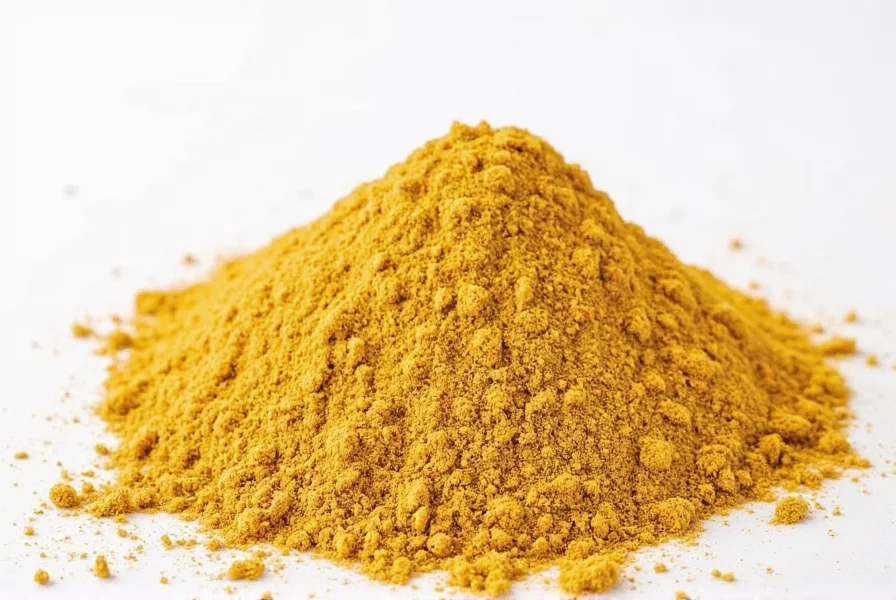
If you've ever tasted maple syrup—or walked through a bakery that makes fresh bagels—you might recognize its warm, slightly sweet undertones. That’s because fenugreek contains compounds similar to those found in maple trees!
But don't be fooled by the sweetness—it also carries a slight bitterness that can ground heavier flavors in curries and stews. Think of it as the spice version of umami with a twist.
Flavor Profile Breakdown:
- Bitterness: Subtle but present, especially when used raw
- Nutty: Reminiscent of burnt sugar or toasted sesame
- Sweet-Caramel Notes: More pronounced when lightly toasted
- Earthy-Medicinal: Especially noticeable in larger quantities
Health Benefits You Can’t Ignore
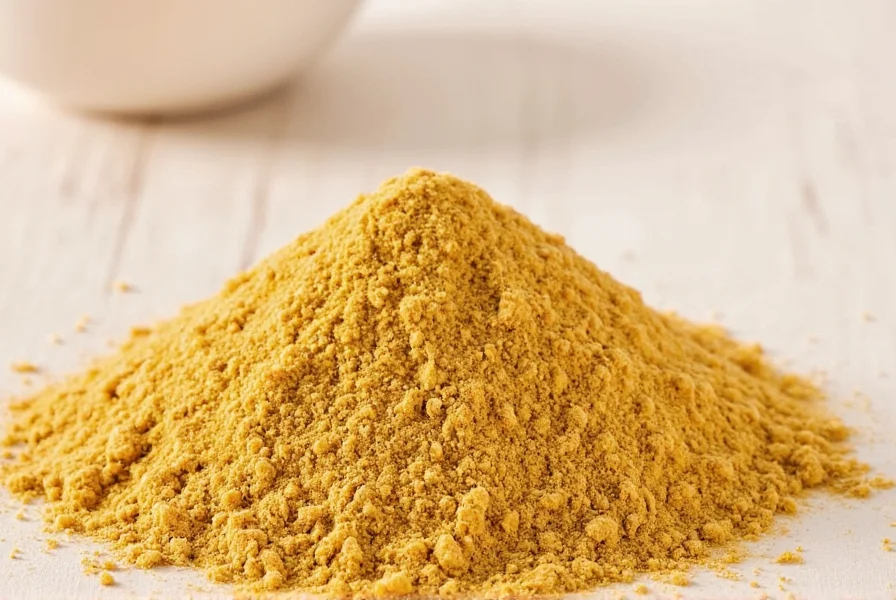
Beyond flavor, fenugreek powder packs a nutritional punch. It’s loaded with fiber, protein, and several vitamins and minerals like iron, magnesium, and vitamin B6.
Some research even suggests that fenugreek may help regulate blood sugar levels and improve digestion—making it a favorite among herbalists and Ayurvedic practitioners alike.
Top Health Benefits:
- Regulates Blood Sugar: May benefit people with type 2 diabetes
- Promotes Digestive Health: Soothes inflammation and aids digestion
- May Boost Lactation: Commonly used by nursing mothers
- Anti-inflammatory Properties: Great for joint pain and swelling
How to Cook with Fenugreek Powder Like a Pro
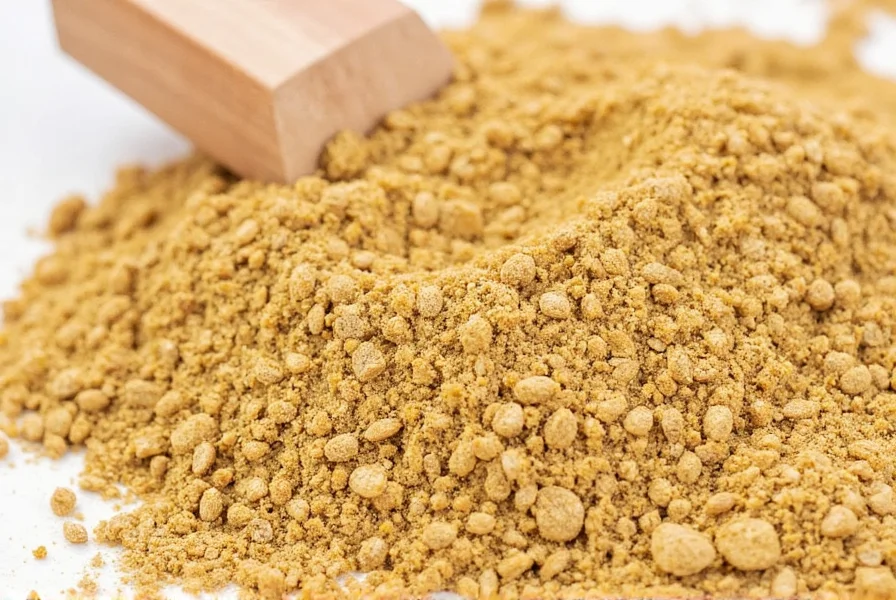
Fenugreek powder is incredibly versatile. Whether you're making a classic masala or experimenting with fusion cuisine, here are some tried-and-true ways to use it:
5 Genius Ways to Use Fenugreek Powder
- Add to Curry Blends: A pinch goes a long way in garam masala, tikka masala, or ras el hanout.
- Dust Over Roasted Veggies: Try sprinkling on cauliflower, carrots, or squash before roasting.
- Use in Meat Rubs: Mix with cumin, coriander, and smoked paprika for an unforgettable steak or chicken rub.
- Incorporate Into Flatbreads: Mix a bit into dough for naan or paratha for an extra layer of flavor.
- Enhance Pickles & Fermented Foods: Its bitterness balances well with acidic flavors.
Pro Tip:
Because of its potency, start with a small amount—like ¼ teaspoon—and adjust to taste. Too much can easily overwhelm other flavors.
Buying Guide: Choosing the Best Fenugreek Powder
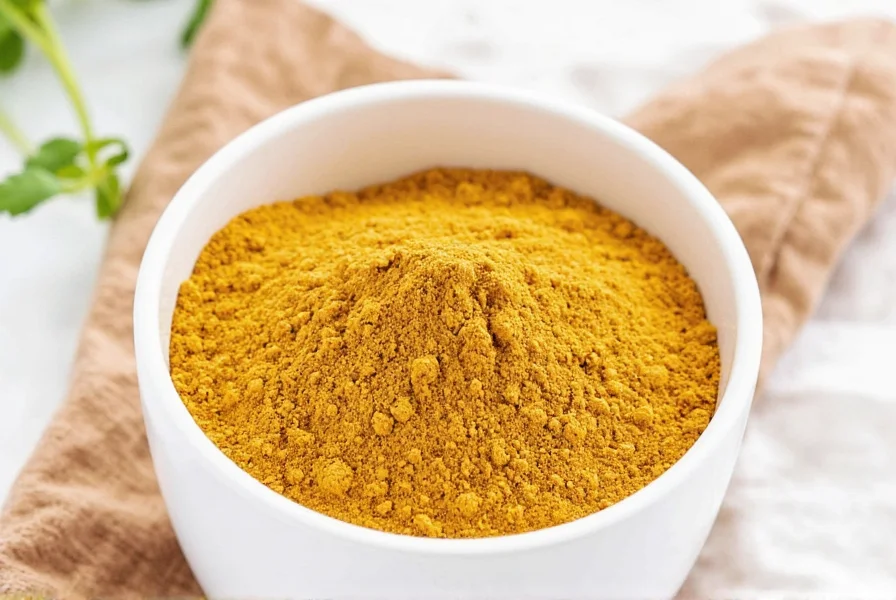
Not all fenugreek powders are created equal. Here’s how to pick the best one for your kitchen:
What to Look For:
- Freshness: Check the packaging date or buy from reputable spice shops that rotate stock regularly.
- Color: Should be a medium tan to light brown hue—not too dark or overly pale.
- Aroma: Rich, earthy, and slightly sweet. If it smells stale or musty, pass it by.
- Purity: Make sure it’s 100% fenugreek—no fillers or additives.
Top Brands Worth Trying:
| Brand | Origin | Features | Best For |
|---|---|---|---|
| SpiceWorld Organics | India | Organic, non-GMO, ethically sourced | Health-conscious home cooks |
| Raj Spices Co. | Pakistan | Coarse texture, bold flavor | Traditional Indian cooking |
| The Global Pantry | Multinational blend | Mild profile, easy to use | Beginners or fusion dishes |
| Herb & Spice Collective | USA | Small-batch, locally roasted | Foodies and gourmet chefs |
Storage Tips for Maximum Flavor
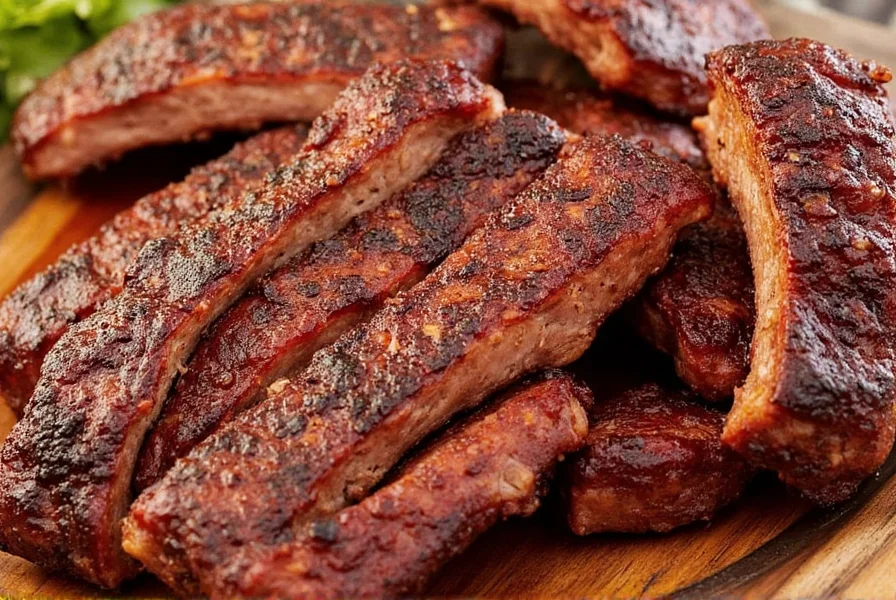
To keep your fenugreek powder vibrant and flavorful, store it properly:
- Air-tight Container: Always transfer it from paper bags to sealed glass jars.
- Dark Place: Light degrades spices quickly. A pantry or spice drawer is ideal.
- Cool Temperatures: Avoid storing near the oven or stove where heat builds up.
- Shelf Life: Aim to use within 6–9 months for peak flavor.
Final Thoughts
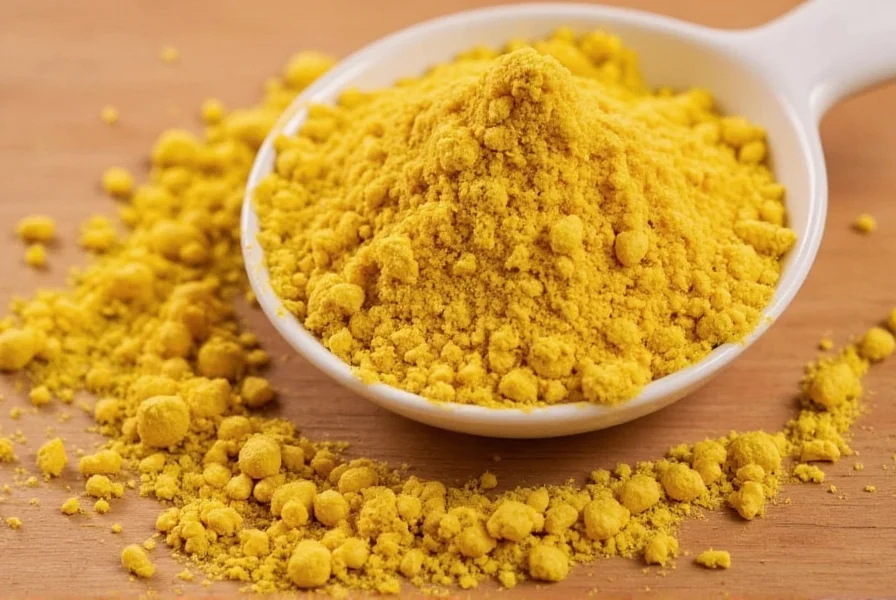
Fenugreek powder might not be the flashiest spice in your cabinet, but once you learn how to use it, it becomes indispensable. From enhancing savory dishes to offering surprising health perks, this ancient spice deserves a permanent spot in your kitchen.
So next time you're spicing up dinner, reach for the fenugreek powder. You might just discover your new secret ingredient!

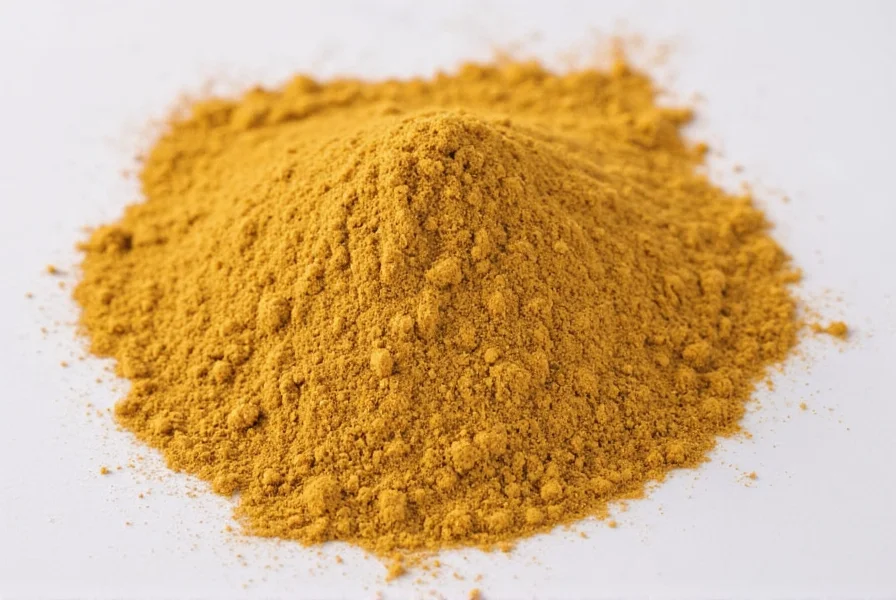









 浙公网安备
33010002000092号
浙公网安备
33010002000092号 浙B2-20120091-4
浙B2-20120091-4